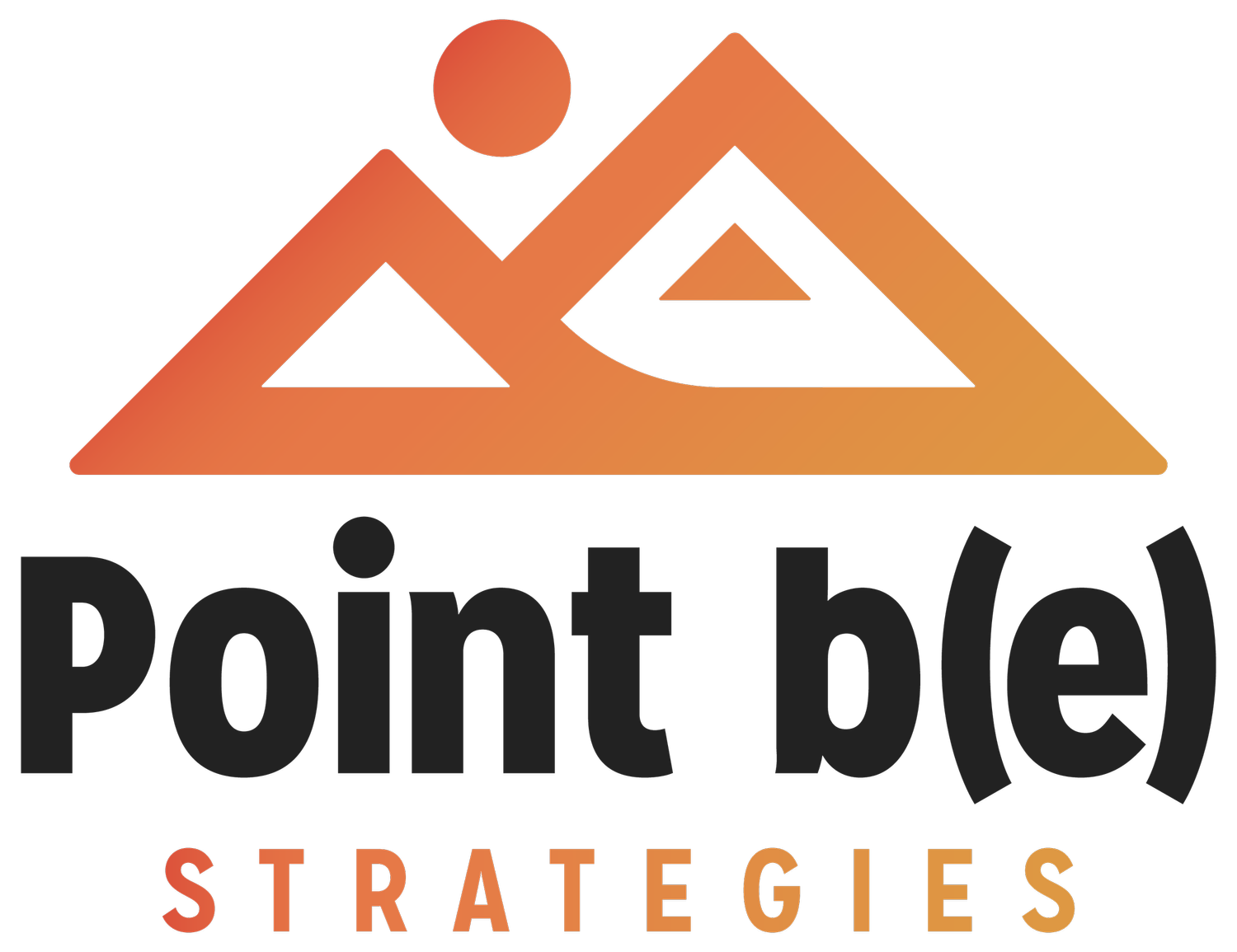Sharing Community Stories through Evaluation
By Ellie Canter and Melanie TsuchidaVisual Storytelling
At Point b(e) Strategies, we are intentional about how we collect data and how we share the stories it tells. Our data collection methods enable us to “listen to the stories the community is telling us” (Alvarez, 2023) and the visualization process is the platform for engaging a broader audience in what is heard. The visuals we create depict the data’s narrative and amplify the impact of what is seen and understood. Research backs up the importance of this visualization process as “90% of information transmitted to the brain is visual, and visuals are processed 60,000X faster in the brain than text” (Hubspot, 2017).
So how do we do it?
We consider evaluation and stakeholder engagement as a tool for grounding, inclusivity and deepened comprehension. Following analysis of stakeholder engagement, we lift up primary themes and share them through facilitated sessions to understand whether what we see resonates with the community we collected from. Their reflections become another layer in analysis that shapes how we visualize the collected information. Instead of depicting isolated data points, we show how the data is interconnected through how it is portrayed. For example, when evaluation findings illustrated the far-reaching impact of programming beyond individual participants to their networks of families and communities, we used the visual of a water drop creating a ripple effect as part of our visual depiction.
Our Process
Now that we’ve told you about our approach to visual storytelling… here’s a visual of our process!
When we are tasked with visualizing and telling stories, we think of audience and purpose first, then of the design.
On audience: Considerations include, will this information be shared internally or externally? What is the audience’s level of knowledge on the subject?
On design: What are the most salient themes that emerged from community-based reflection? Text accompanies the visual but the size, position and flow of information is intentionally selected to show the main narrative threads.
Visual interpretation and representation of data trends and analysis requires a tailored approach in partnership with our client and their communities. When we share creative, visual representations of what we hear from our evaluation and stakeholder engagement process, we amplify the narratives and stories of the people at the center of the work.
Find examples of our visual storytelling throughout our work with The Women’s Foundation of Colorado’s WINcome fund.

